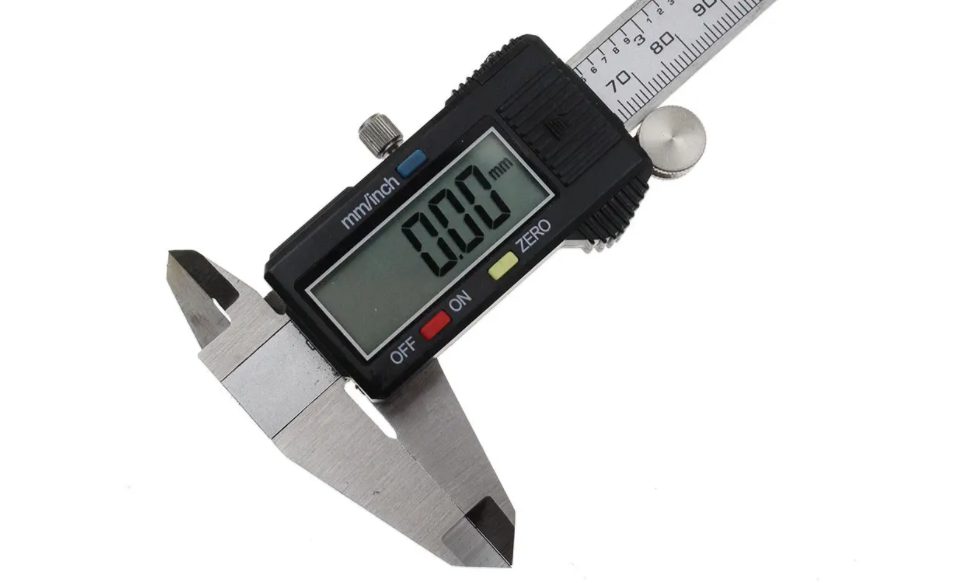How to Measure a Compression Spring?
Measuring a compression spring accurately is essential to ensure proper fit and performance in various applications. Here’s a step-by-step guide on how to measure a compression spring:
Tools You’ll Need:
Calipers (digital or vernier)
Tape measure or ruler
Flat surface
Pen and paper for recording measurements
Steps:
Gather Necessary Information:
Before measuring the spring, it’s helpful to know the following information:
Wire diameter: The thickness of the spring’s wire.
Outer diameter (OD): The diameter of the coil, measured at its widest point.
Inner diameter (ID): The diameter of the coil, measured at its narrowest point.
Free length: The length of the spring when it’s not under any load or compression.
Number of coils: The total number of turns in the spring.
Prepare the Spring:
Place the spring on a flat surface to ensure that it’s stable and not wobbling.
Measure Wire Diameter:
Use calipers to measure the thickness of the wire. Place the calipers perpendicular to the wire and close them until they lightly touch both sides of the wire. Read the measurement on the calipers.
Measure Outer Diameter (OD):
Place the calipers over the widest point of the coil to measure the outer diameter. Make sure the calipers are parallel to the coil and don’t press too hard to avoid deformation.
Measure Inner Diameter (ID):
Similarly, measure the narrowest point of the coil to find the inner diameter. Keep the calipers parallel to the coil and take the measurement.
Measure Free Length:
Measure the length of the spring when it’s not under any compression. Use a tape measure or ruler to measure from the bottom of one coil to the bottom of the opposite coil, following the contour of the coils.
Count the Number of Coils:
Count the total number of complete turns or coils in the spring. Include only the full turns, not partial ones.
Record Measurements:
Write down all the measurements you’ve taken, including wire diameter, outer diameter, inner diameter, free length, and the number of coils.
Optional Measurements:
Depending on your specific requirements, you might need to measure additional parameters, such as the pitch (distance between consecutive coils) or the solid height (height of the spring when fully compressed).
Verify and Double-Check:
It’s a good practice to double-check your measurements to ensure accuracy. Small errors in measurement can lead to significant differences in the spring’s performance.
Remember that precision is crucial when measuring compression springs, as even small discrepancies can impact their functionality. If you’re unsure about any aspect of measuring a spring or need very accurate measurements for critical applications, consider seeking professional assistance from a spring manufacturer or engineer with expertise in this area.
How to Measure a Compression Spring?Please kindly check our following Youtube video>>>>


